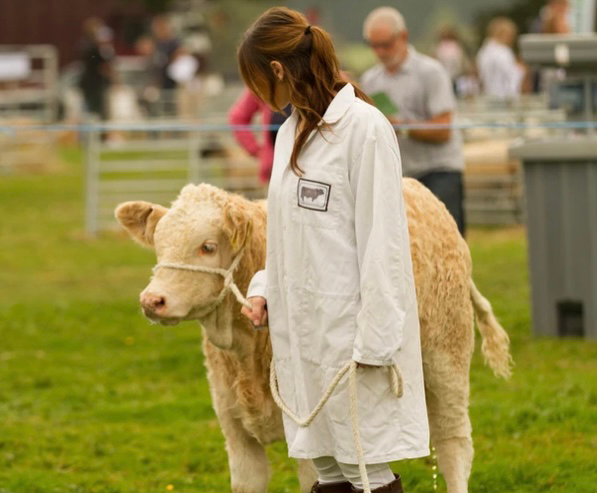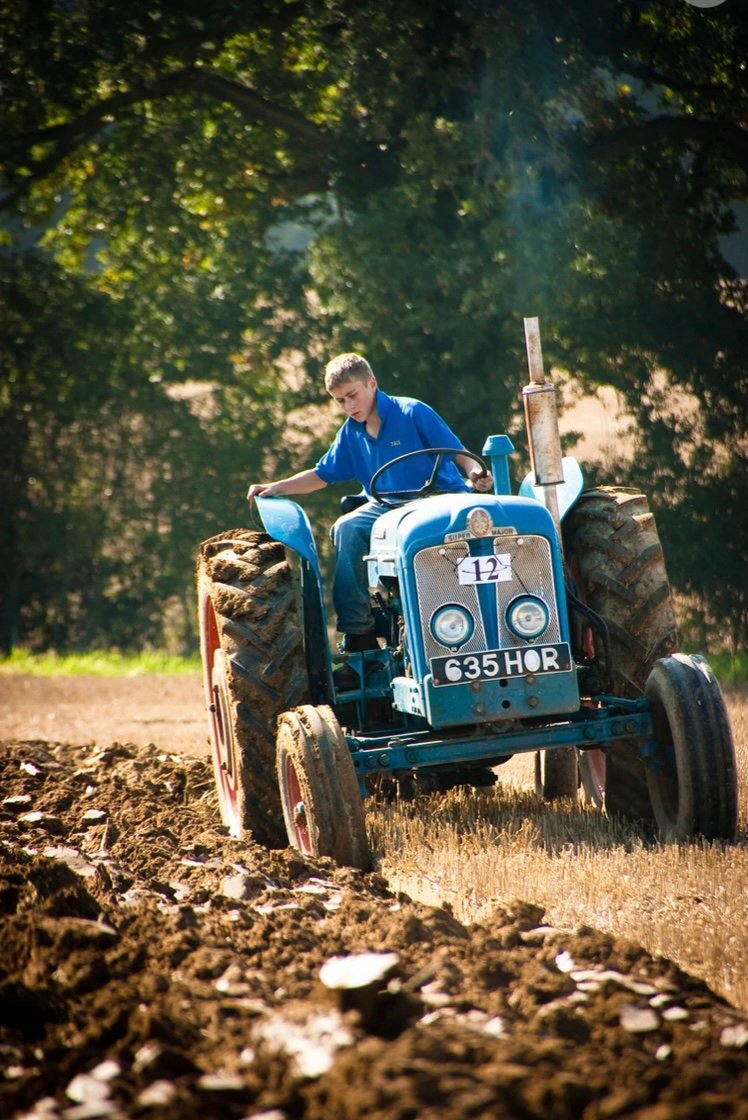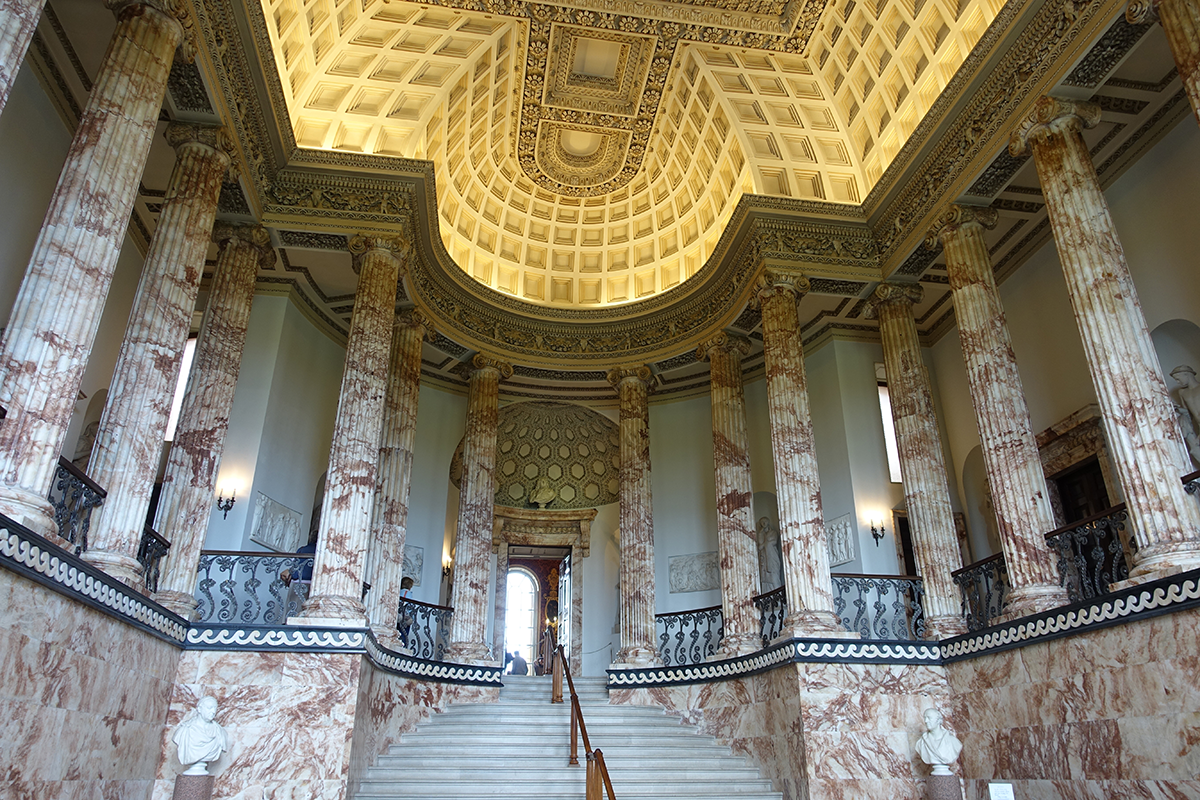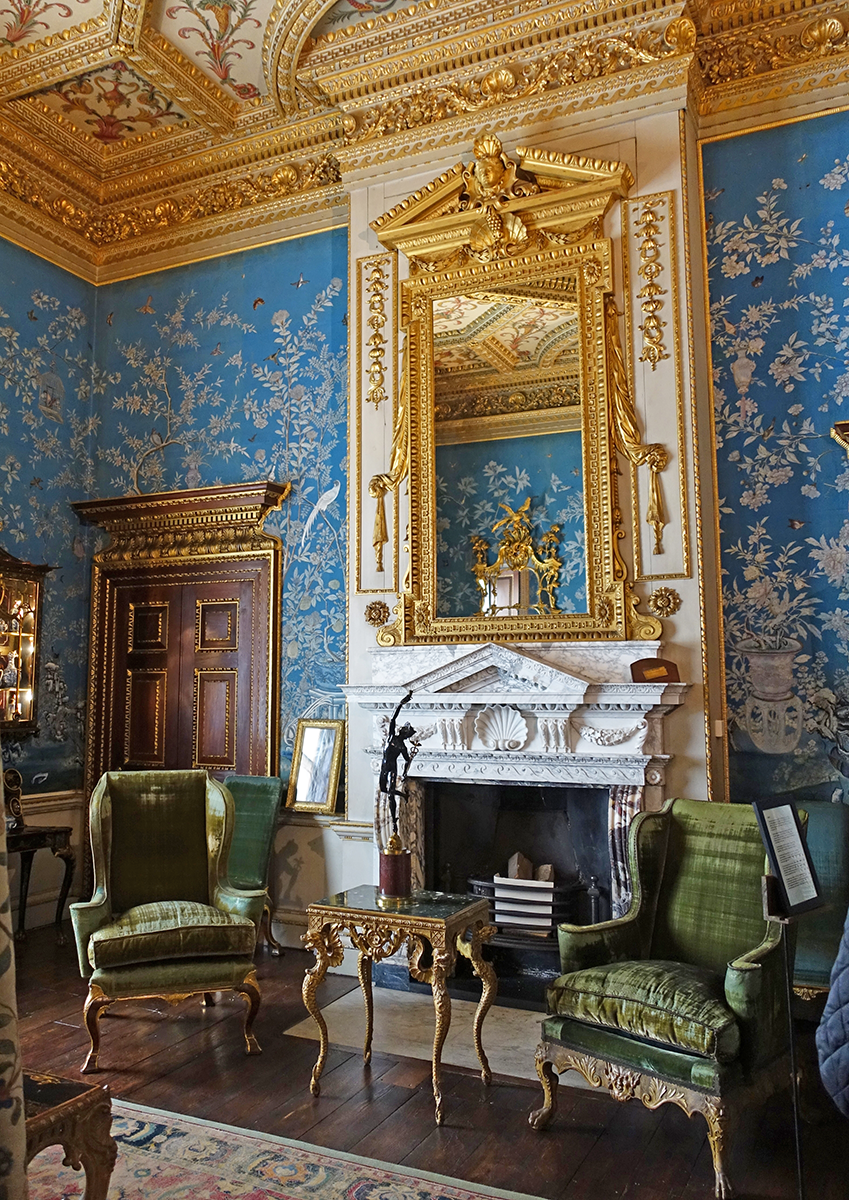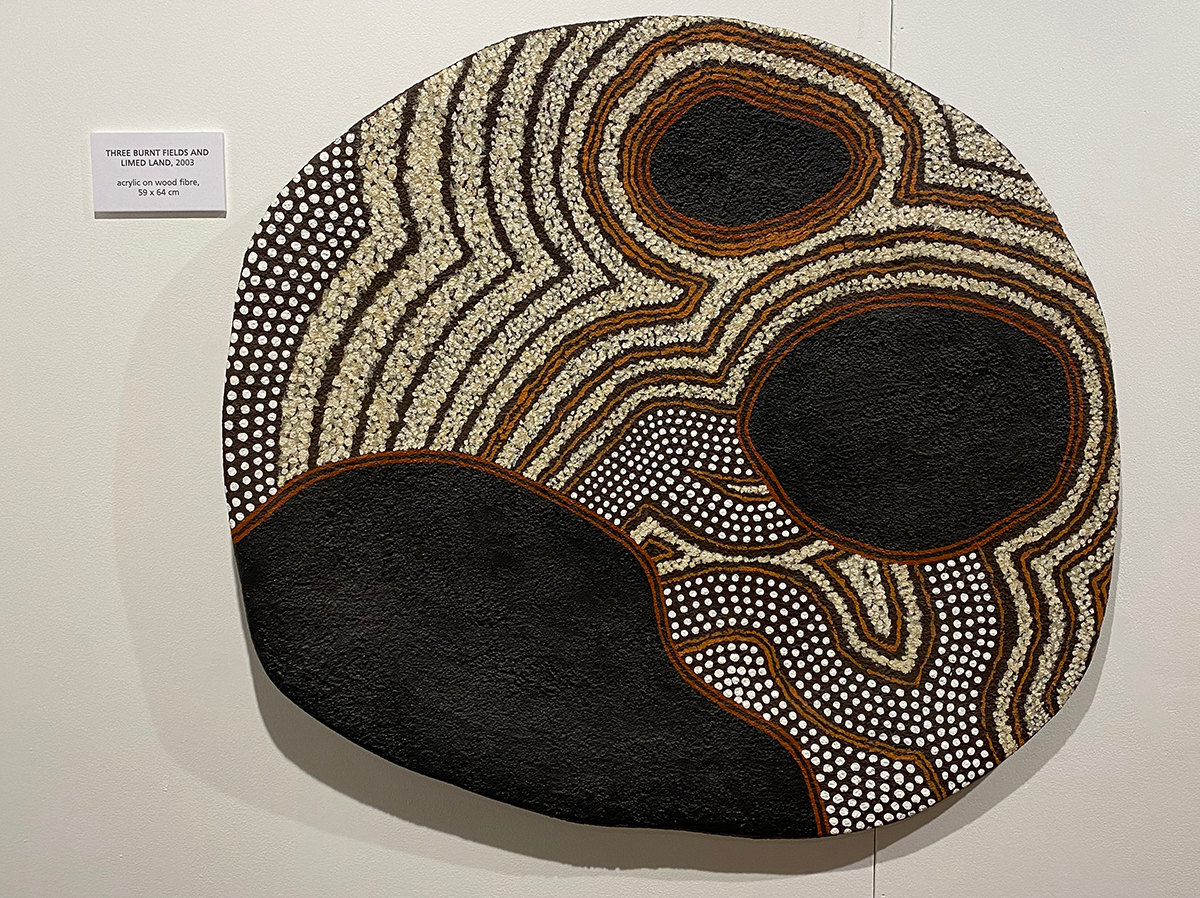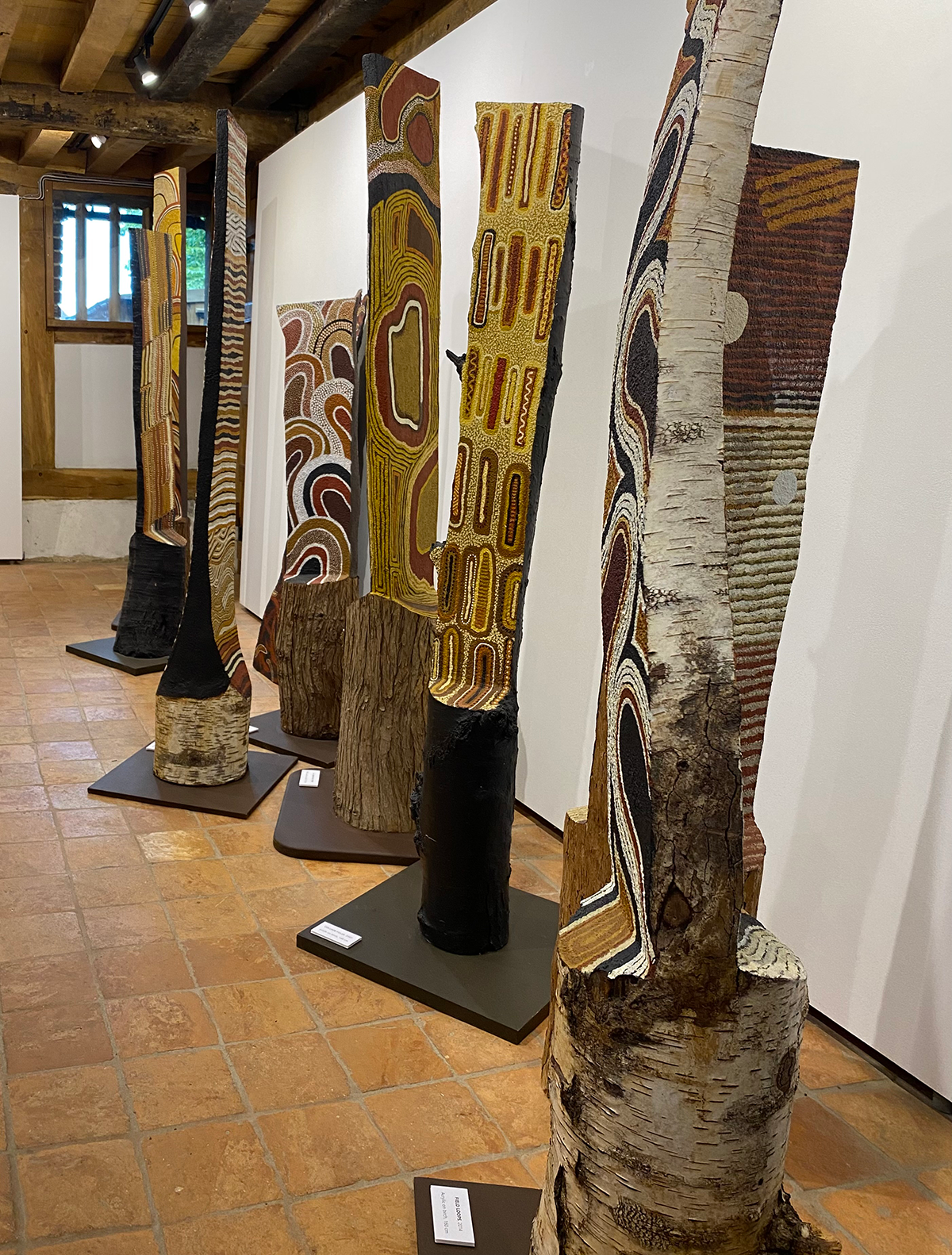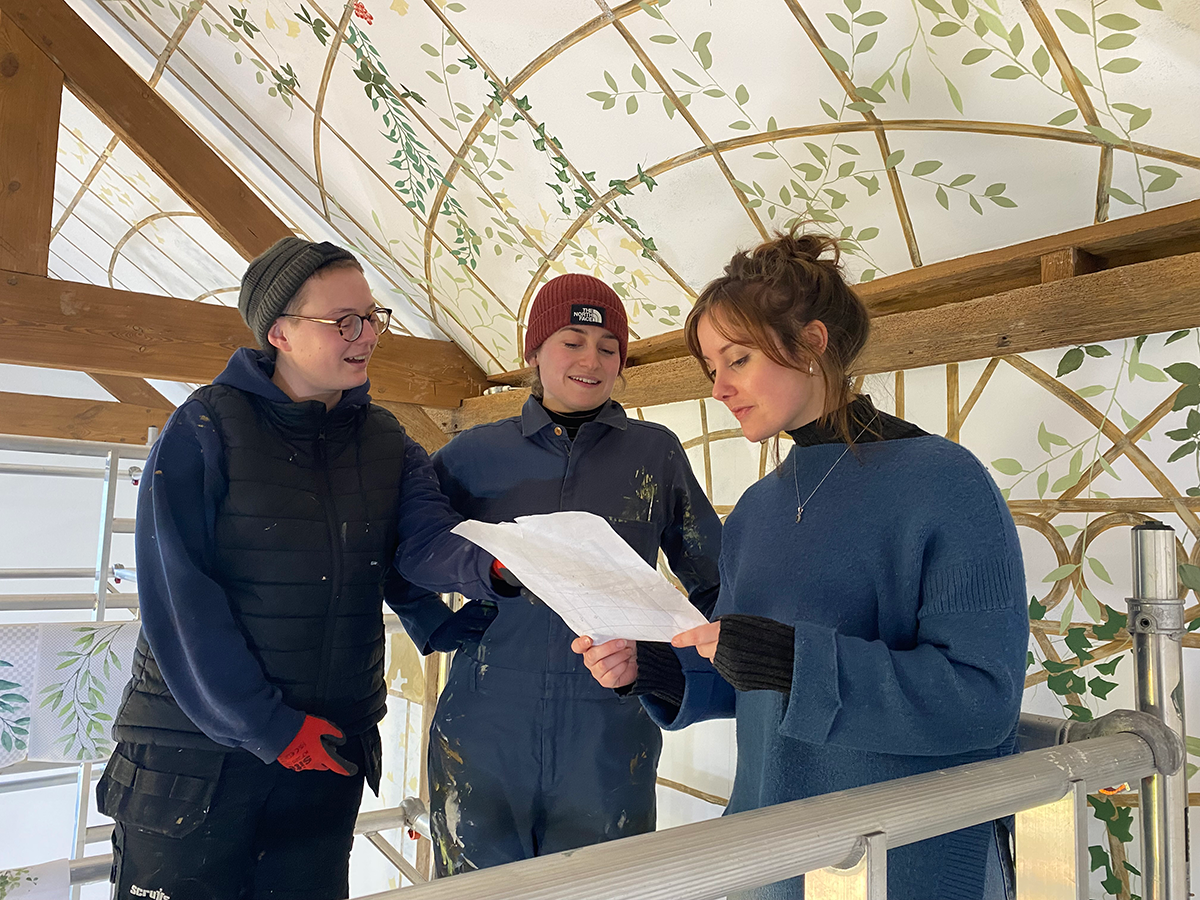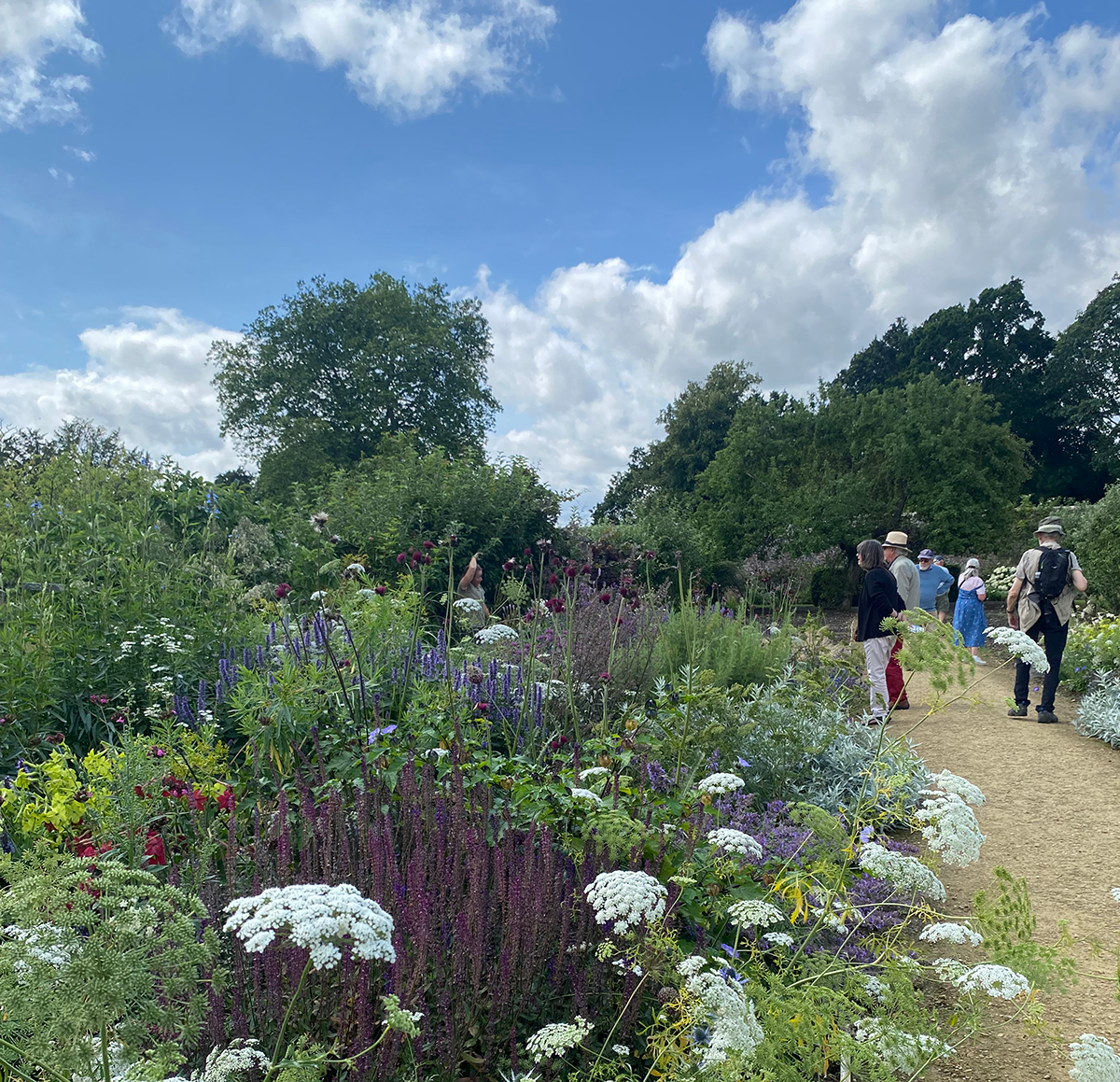
We arrived at the 2023 Goodwood Revival and found ourselves basking in the extraordinary late Summer sunshine. Despite the un-expected weather everyone was in their Goodwood finery and once again we stepped back into the golden age of motor racing.
Over the road The Splined Hub were displaying an exquisite, restored Jaguar E-type, chassis 18.
Oliver Winbolt said “So this is the 18th ever right-hand drive coupé, October’61, so although that’s quite a bit later than the early left-hand drive cars it’s a very early right-hand drive car.”
I ask Oliver if it was made for the UK market and he replies “Yes, we bought the car in Beverley Hills in California but actually it came from Stamford in Lincolnshire originally.”
He continued “At The Splined Hub we bring low volume performance car build process into the restoration of classic Jaguars, it’s as simple as that.” There is nothing simple about these processes. Oliver explains “The restoration began with a detailed photographic record taken so that, once restored, the car would be as true and accurate to the original manufacturing intent as possible. This early body presented a challenge in terms of accuracy and originality because the early shell shares surprisingly few panels with the later ‘production’ E-types. The engine, gearbox and rear axle have been completely rebuilt using the original fixings and components where ever possible.” The interior, chassis and electrical systems have also received this attention. Oliver concluded “It’s all in the attention to detail.”
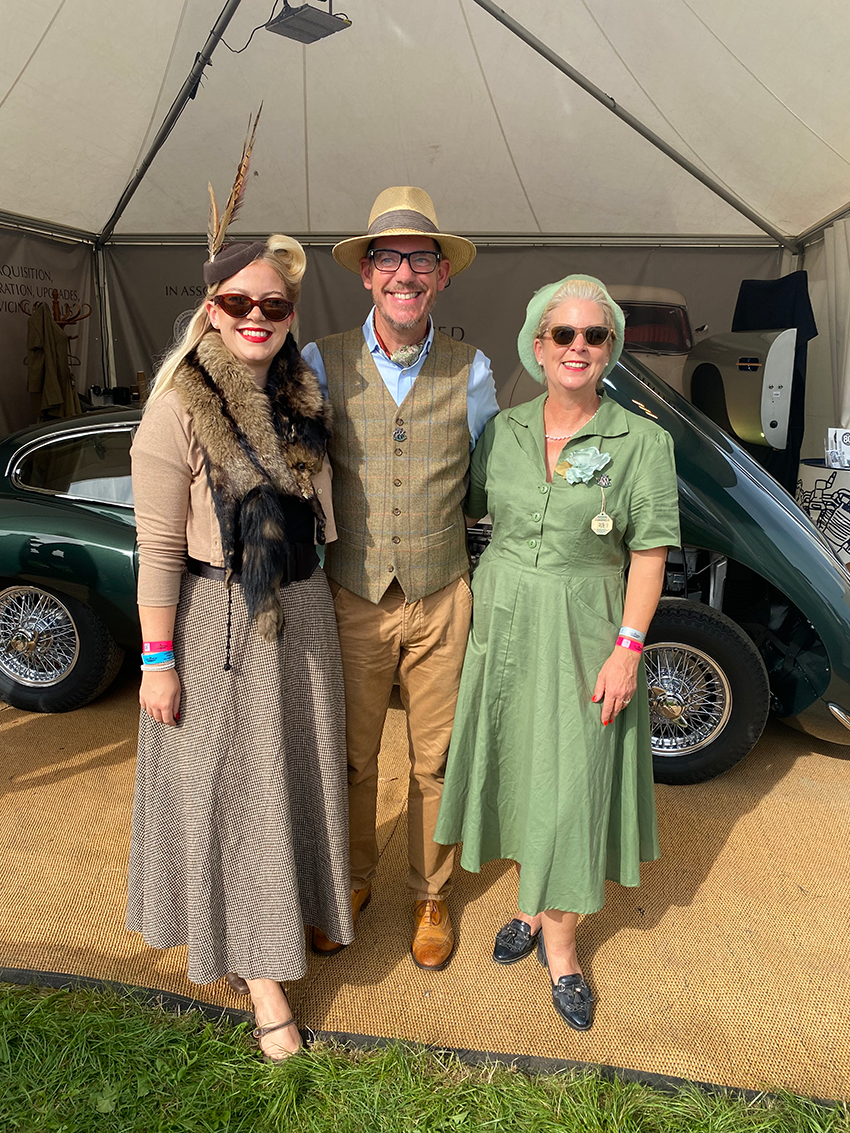
The lucky steward of this remarkable car will take possession of it after Oliver and his team have rigorously tested it.
Lotus, the Porsche 911 and the remarkable Carroll Shelby were all celebrated at this year’s Revival along with an extraordinary array of Ferraris.
Sunday at the Revival brought slightly cooler and changeable weather and the heavens opened before and during one of the Revival’s most prestigious and closely competed races, the Royal Automobile Club TT Celebration. It’s a one-hour, two-driver race for closed-cockpit cars like the mighty AC Cobras and Lightweight Jaguar E-types raced at Goodwood in 1963 and 1964. The wet conditions favoured the E-type with William Paul and Andy Priaulx bringing their number 78 E-type home for a well deserved win in what was an eventful race with many of these hugely powerful cars struggling for grip, even on the Lavant straight, and leaving the track.
This extraordinary celebration of period motor racing leads the world here in the heart of Sussex!
